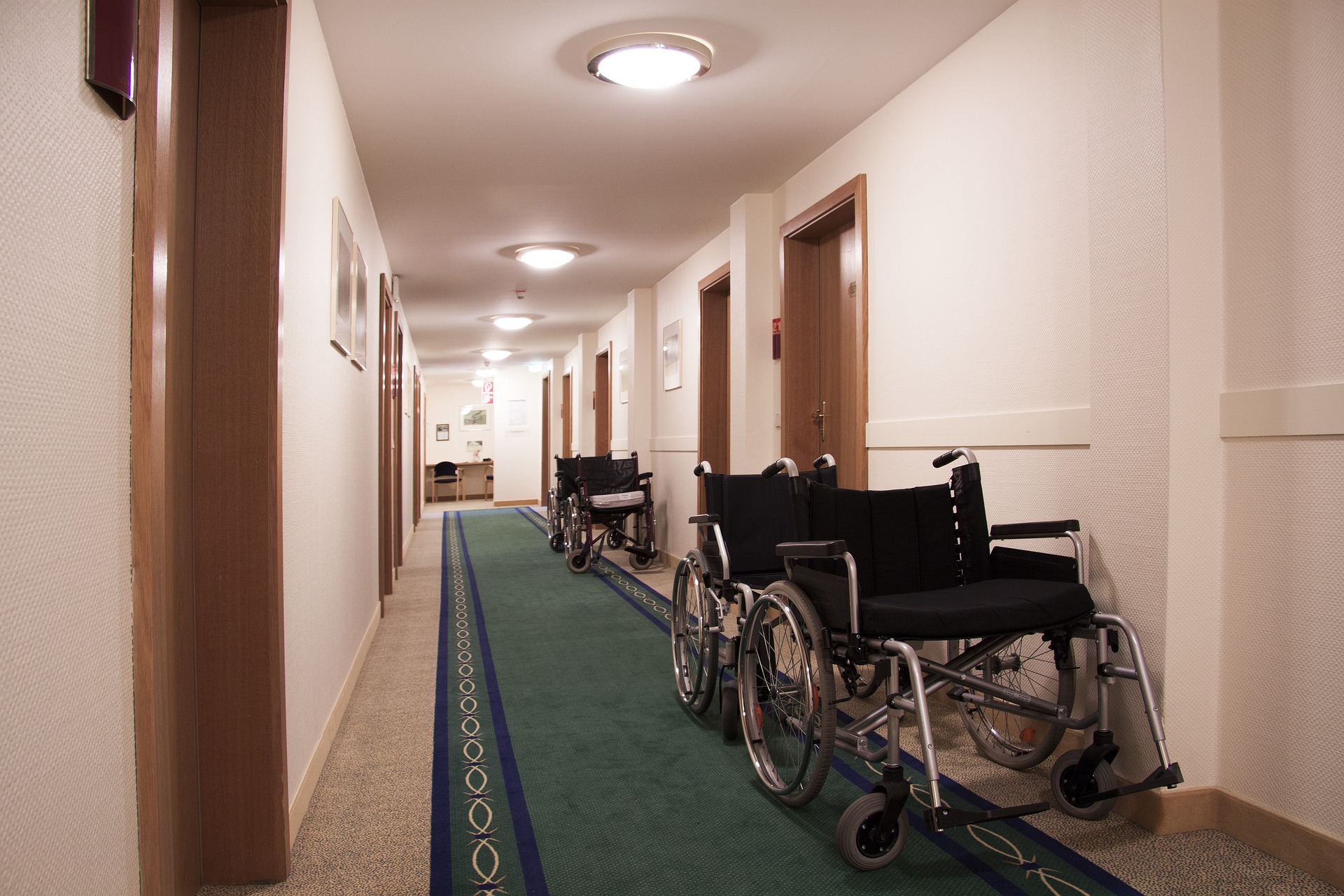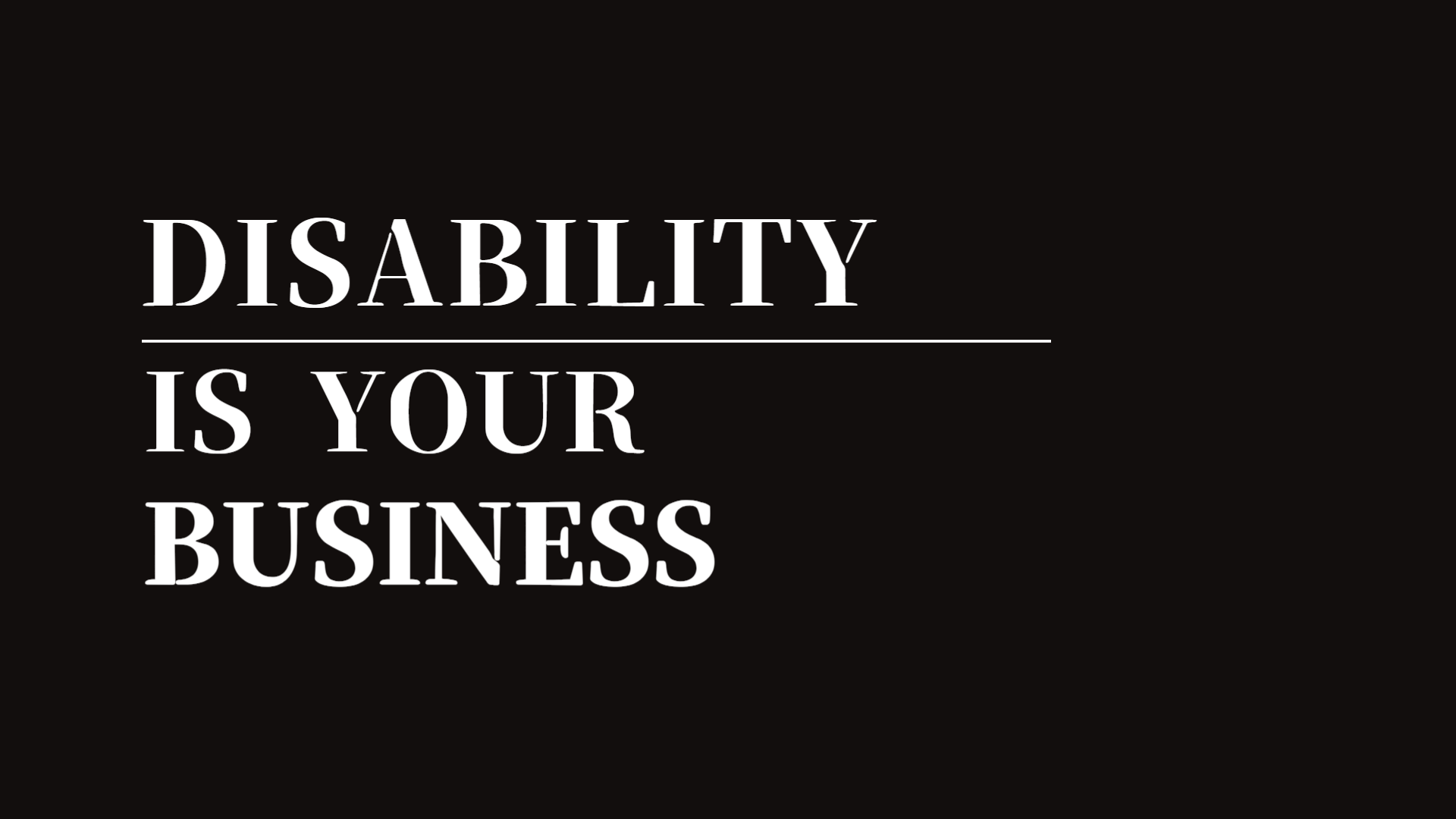What is Barrier Free?
Barrier free refers to the movement and policy of removing physical and psychological barriers to make life easier for people with disabilities, the elderly, and other marginalized groups. It is also known as barrier-free living, which literally means free from barriers. It began to be used in the field of architecture after the 1974 United Nations Conference of Experts on the Living Environment of Persons with Disabilities issued a report called “barrier free design.” Since then, the movement to remove barriers when building housing and public facilities has spread around the world, especially in developed countries, to make it easier for the elderly and people in wheelchairs to live as comfortably as people without disabilities.
Traditionally, separate accommodations have had to be installed as a means of overcoming barriers in the environment. However, barrier-free design considers people with disabilities, the elderly, children, and others as part of the facility’s users, and designs for all users without the need for separate accommodations. For example, if you traditionally had to install a wheelchair ramp next to an access staircase, barrier-free design allows you to install a ramp instead of a staircase from the start and create a facility that everyone can use comfortably.
Barrier Free certification schemes
If your facility is designed in compliance with barrier-free design, it can be certified by the Barrier-Free Living Environment Certification System. It is available through certification organizations selected by the Ministry of Health and Welfare and the Ministry of Land, Infrastructure, and Transport, and requires different indicators and evaluation methods depending on the type of facility, such as areas, roads, parks, passenger facilities, buildings, and transportation.
Buildings are evaluated for barrier-free access based on a total of 7 evaluation categories and 94 indicators. It is evaluated by the most indicators of any object. These range from the location, size, and width of accessible parking spaces to the height and thickness of handrails on interior stairs and ramps. Let’s take a closer look at some of them.
Access from sidewalk to main entrance
| Classification | Access from sidewalk to main entrance | Score |
| Best | Dedicated access with at least 50% of all entrances involving pedestrian and vehicular traffic | 6.0 |
| Excellent | More than 50% of all entrances and exits have dedicated access with pedestrian and vehicular traffic | 4.8 |
| Normal | Only the main entrance and exit approaches are dedicated with pedestrian and vehicle traffic | 4.2 |
As an example, let’s look at the first of the 94 Building Criteria metrics, “Access from sidewalk to main entrance,” which is worth 6 points for assessing the separation of the approach from the driveway so that users can safely access the entrance without interference from vehicles.
When only the approach to the main entrance is a dedicated approach that includes pedestrian and vehicular traffic, it scores 4.2, which is a normal rating. If more than 50% of all entrances and exits are dedicated pedestrian and vehicular access, it scores 4.8 points, and if more than 50% of all entrances and exits are dedicated pedestrian and vehicular access, it scores 6.0 points, making it an excellent rating. In addition, pedestrian-only approaches are required to have different materials and colors to prioritize pedestrians.
Handrails at main entrances
| Classification | Handrail | Score |
| Best | Automatic door | 2.0 |
| Excellent | Handle is located between 0.8m and 0.9mHorizontal or vertical bar type | 1.6 |
| Normal | Handle is located between 0.8m and 0.9mLever type, either horizontal or vertical bar type | 1.4 |
Let’s also take a look at the handrails certification criteria for main entrances and exits (doors). The shape of the handles is evaluated to ensure that users with reduced grip strength, elderly or disabled people, etc. have no difficulty opening the door, and that the handles are installed at an appropriate height for wheelchair users, children, etc. to grasp. Carries 2 points.
A general rating of 1.4 points can be achieved when the handle is located between 0.8 meters and 0.9 meters and is one of the following types: lever, horizontal, or vertical bar. If the handle is between 0.8 meters and 0.9 meters and is either horizontal or vertical bar type, it has an excellent rating of 1.6. If an automatic door is installed, it is rated 2.0 Excellent. It should be noted that this is an assessment of the main entrance, but if a ramp is not available at the main entrance and the secondary entrance is well signposted, the secondary entrance can be assessed instead of the main entrance.
Certification and certification levels
After completing the preliminary certification and identification according to the construction schedule, the certification organization will issue a certificate and plaque according to the best/excellent/general grade, and the certification validity period is 5 years. The validity period can be extended for up to 5 years through the deliberation of the Certification Review Committee.
| Top Grade | 90% or more of the examination criteria |
| Excellent | More than 80% but less than 90% of the criteria |
| Normal | More than 70% but less than 80% of the criteria |
In addition, the certificate and certification plaque can be utilized for public announcement and promotion of the object. As of April 2024, there are more than 5,300 barrier-free objects nationwide that have been certified and have not expired.
References:
Barrier Free Certification Guidelines
What is Barrier-Free Design?, Disability and the Workplace (VOL. 340), Korea Disability Employment Agency




![Read more about the article [On-site interview] Instead of regretting what cannot be done, let’s do our best at what we can do](https://knda.ne.kr/wp-content/uploads/2024/10/image01.png)